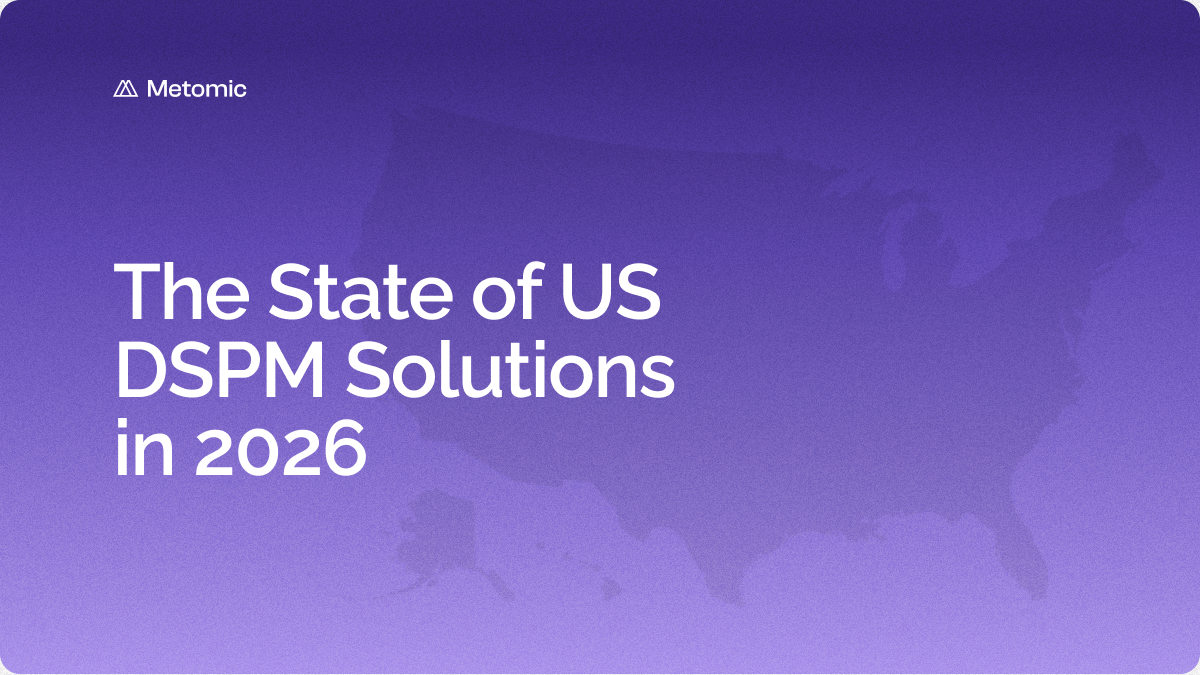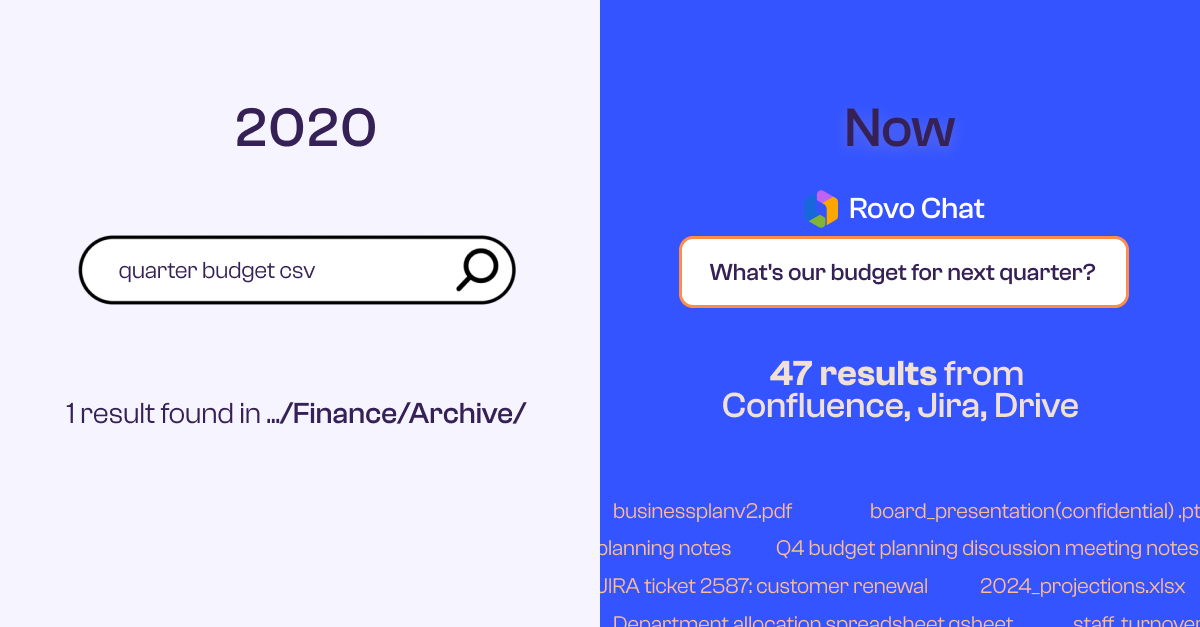User Privacy: The Secret Weapon You're Not Using (And Why You Should)
Is your business sleepwalking on user privacy? This article explores the concept of user privacy, why it's crucial for businesses, and the risks of data leaks.

User Privacy: The Secret Weapon You're Not Using (And Why You Should)
Is your business sleepwalking on user privacy? This article explores the concept of user privacy, why it's crucial for businesses, and the risks of data leaks.

Key Points:
- User privacy is the right of individuals to control how their personal data is used, covering areas like cookie data collection, social media platforms, and online transactions.
- Prioritising user privacy is crucial for businesses to build trust, comply with data protection regulations, and gain a competitive edge. Neglecting user privacy can lead to financial losses and reputational damage.
- Businesses face various threats to user privacy, including external factors like malware and phishing, as well as internal risks such as negligent employees. Establishing a human firewall and securing data proactively are essential steps to mitigate these risks.
Whereas data protection focuses on making sure data is secure, user privacy is all about putting your customer in control of how their data is used.
What is user privacy?
User privacy refers to an individual’s right to control how their personal data is used. It should be collected and stored according to their choices, and in a way that helps them remain anonymous. Sensitive data that could be included under data privacy includes financial information, PII, and PHI.
This can also include protecting sensitive data from unauthorised access and ensuring that third parties who use the data do so in a respectful manner.
Some examples of user privacy include:
- Cookie data collection
When you visit different websites, you’ll probably have noticed a cookie banner that asks you to accept or refuse cookies. These cookies may collect information on you such as your behaviours on the website, as well as device information, and more. Users should be able to control how much information the website can collect on them.
- Social media platforms
Social media platforms garner huge amounts of personal information, including what users are interested in and topics they’ll love. However, to maintain user privacy, these platforms are required to have security measures in place that allow users to choose the amount of data that is shared with others, including partners of social media platforms.
- Online transactions
Card transactions should always be completely secured to ensure financial information, such as credit card details, aren’t accessible to anyone. Encryption is often employed here to double down on user privacy and make sure sensitive data isn’t available to unauthorised users.
Why is it important for businesses to have user privacy?
Rich Vibert, CEO of Metomic, says:
“Businesses who don’t prioritise user privacy are putting a lot at risk. Firstly, there’s the reputation of the brand to consider. Trust takes a long time to build, but it’s easily broken. If your customers know you’re mishandling their data, they could easily take their business elsewhere.
“Secondly, you should be prioritising user privacy to comply with data protection regulations such as GDPR in Europe, and CCPA in California. You could pay a heavy price, quite literally, if you’re found to be breaching any of those laws.
“Thirdly, making your user privacy a priority gives you a competitive advantage in the market. Showing that you’re consciously making an effort to give customers full control of their data can be the difference between them choosing you or your competitor. Ethically, you do have a responsibility towards your customers and should respect their user privacy as much as possible.”
Not only can enhancing your user privacy help you comply with regulations, it can also add to the customer experience, and enhance your brand reputation.
What are the risks of customer data being leaked?
If user data is leaked, it can be extremely damaging for your business.
You might suffer financial losses from penalties and hefty fines, as well as compensation claims from customers. This could impact you in the short-term, but in the long-term, your brand’s reputation will take much longer to recover. It can take years to build customer loyalty and trust again, after an event like this.
Unfortunately, if hackers get their hands on the information, they could steal the identities of those customers involved, potentially causing your users financial losses and emotional distress. There could also be company intellectual property such as code, strategies, and secrets that could be exposed too.
The best way to prevent this from happening is by taking a proactive approach, and securing your data from day one.
What are the most common threats for businesses?
There are a number of threats for businesses to contend with when it comes to user privacy, such as malware, ransomware attacks, and phishing attempts too. These can come from bad actors who want to access your data and sell it on, or hold it to ransom for cash.
But there are also other threats to look for internally too. Insider threats from disgruntled employees can target your most sensitive data, putting it at risk of being leaked.
Most of the data leaks that occur involve a human element, and this is often not malicious at all. In fact, around 80% of data leaks stem from negligent employees who haven’t secured sensitive data in the right way.
This is where your human firewall can really come into play; having a team adept at knowing how to protect data, as well as being able to spot social engineering attacks can add another layer of defence to your business.
You’ll also need to make sure all of your supply chain partners are aligned with your data security posture, so you don’t run the risk of being compromised via a partner breach.
How to protect user privacy and data with Metomic
Metomic offers a few different ways to protect user privacy:
- Sensitive data discovery software: We can scan your SaaS applications such as Slack to identify sensitive data, such as credit card numbers, social security numbers, and PII
- Insider threat detection software: Metomic can monitor your SaaS apps for suspicious activity, such as unauthorised access to sensitive data, or other anomalous behaviours
- Data tokenisation: We help to preserve anonymity by storing encrypted versions of your data so that if we suffered a data breach, you wouldn’t be affected.
See how it works, and understand who has access to your files with a personalised demo.





